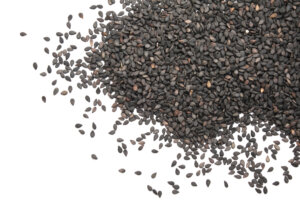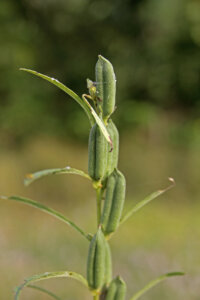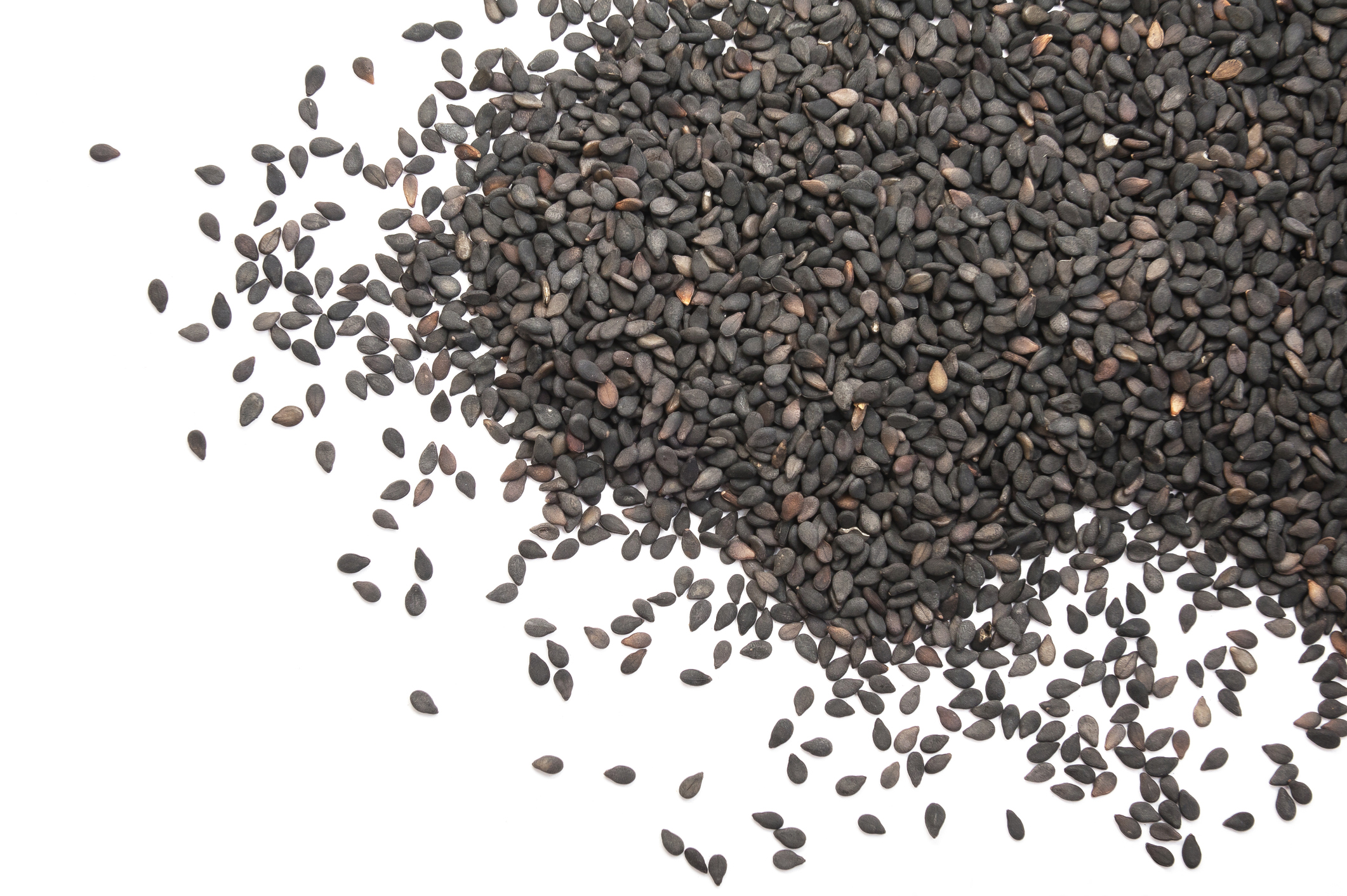 Sesame seed (Sesamum indicum) is one of the oldest oilseed crops and is mainly produced in Asia and Africa, which together account for more than 90 percent of global production. Changing consumption patterns and increasing health awareness, especially in the European countries, is resulting in higher demand for sesame seeds. However, price fluctuations, strong international competition, and salmonella risk associated with the commodity are holding back the growth of sesame seeds.
Sesame seed (Sesamum indicum) is one of the oldest oilseed crops and is mainly produced in Asia and Africa, which together account for more than 90 percent of global production. Changing consumption patterns and increasing health awareness, especially in the European countries, is resulting in higher demand for sesame seeds. However, price fluctuations, strong international competition, and salmonella risk associated with the commodity are holding back the growth of sesame seeds.
Consumers these days prefer a commodity that is high on nutritional value and low on market price. Sesame seeds and its products fit these requirements perfectly, and hence, the demand for sesame seeds is on the rise. As a result, the market for sesame seeds is expected to flourish in the coming years. The nutritional characteristics of sesame seeds are especially attractive, due to its vitamin, mineral, fiber, healthy fat, and protein content.
Figures show that global exports of sesame seed in 2019 amounted to US$3,07 billion, up from US$2,7 billion in 2018. Projections are that the global sesame seed market will reach US$17,77 billion by 2025, according to FAO. Global sesame production is forecasted to reach 9,26 million tonnes by 2040, up from 5,53 million tonnes in 2017.
The largest importers last year were China (US$1,2 billion), Japan (US$303 million), Turkey (US$267 million), India (US$196 million), Korea (US$145 million) and Israel (US$119 million). Demand for sesame in China alone is expected to reach 2,56 million tonnes in 2040, up from 1,3 million tonnes in 2016. Major exporters last year were Sudan (US$606 million), India (US$529 million), Ethiopia (US$332 million), Nigeria (US$289 million) and Tanzania (US$189 million).
Long awaited rain in some regions in India have taken some tension out of the market. There is slow but sure price erosion. At the end of 2019, India produced 0.69 Million MT of sesame, with an estimate of 0.75 million MT for the current year. During the fiscal year 2020 more than 33 million MT of oilseeds where produced here.
In Ethiopia, farmers are largely dependent on this important crop for their living. Sesame production is mainly concentrated in the north-western part of the country, close to Port Sudan. There is enormous potential to expand sesame seed production in Ethiopia through the cultivation of additional new land.
In Tanzania sesame seed prices have risen up in high speed as the season nears its end, despite starting at a low note due to coronavirus pandemic. The season which normally starts in May and ends in July saw prices increase between 25-35% from when the period started. Digitization of the agriculture sector contributes towards rapid economic growth in the East African region and provides access of commodities to the regional market.
 Agriculture in Paraguay has taken important evolutionary steps in the last 30 years. The entry into sustainable agriculture with biotechnology and good practices has allowed expanding productivity margins in both traditional and new areas. The 2019-2020 sesame campaign was characterized by good yields and prices, in addition to the availability of markets. In the first semester of the year, 17,095 tons were exported, which represents a jump of 61.4% compared to the same period in 2019. The main destination for Paraguayan Sesame Seed in Mexico and Japan, both whose imports increased 100% between January and June.
Agriculture in Paraguay has taken important evolutionary steps in the last 30 years. The entry into sustainable agriculture with biotechnology and good practices has allowed expanding productivity margins in both traditional and new areas. The 2019-2020 sesame campaign was characterized by good yields and prices, in addition to the availability of markets. In the first semester of the year, 17,095 tons were exported, which represents a jump of 61.4% compared to the same period in 2019. The main destination for Paraguayan Sesame Seed in Mexico and Japan, both whose imports increased 100% between January and June.
Organic farming should contribute beneficially to the ecosystem. Crop diversification is essential for maintenance of soil health while minimizing nutrient losses and to reduce pressure from insect-pests, weeds and diseases. Tradelink guarantees full traceability of its products entirely complying with the customers’ demands. To ensure our products stand up to your requirements, we don’t take anything for granted. Each lot is inspected and analysed by a reputable third party laboratory to ensure the product matches or exceeds the specifications agreed to.



